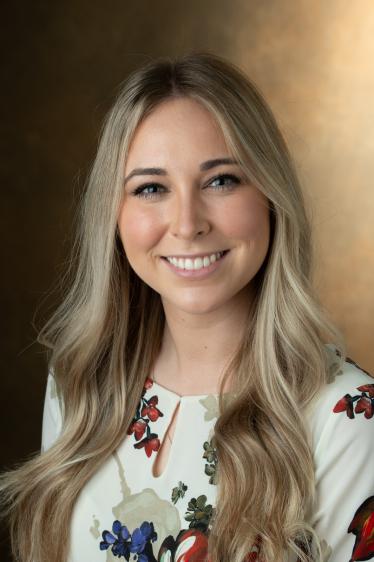ILSOYADVISOR POST
Strong Starts Need Stronger Treatments
When it comes to starting off the growing season strong, seed treatments are key. According to Dale Ireland, they are one of the most important inputs for higher yield.
Ireland, Technical Product Lead of Seedcard for Syngenta, says that growers can plant a great seed such as a fantastic hybrid or variety, but if it's planted with an inadequate or no seed treatment, a good deal of yield may be lost within the first few weeks of the growing season due to loss of plant stand.
"The biggest benefit of using a seed treatment is a greater number of more robust, healthy plants at establishment," says Ireland. "More seeds germinate, more seeds grow off. Three to four weeks after planting, growers will have a healthier, more vigorous plant stand more often when using a seed treatment."
Soybean growers want as many established, healthy plants for the number of seeds they put into the ground. As Ireland puts it, no grower would rather have only 80 percent of what they plant become established. They know they may never achieve 100 percent, but as much as seed costs today as a major input item, the greater number of health plants that a grower can achieve in any given year and any given environment, the better. As growers plant earlier and earlier, seed treatments help ensure a stronger, more vigorous plant stand sooner in the growing season.
In Ireland's several decades of experience across the agriculture industry, including holding a PhD in crop physiology, he finds that seed treatments are one of the least undestood inputs growers use.
"If you walk onto any farm, they either have red tractors or green tractors. They either drive Chevy trucks or Ford trucks. They have a brand they like and there's a reason why they like it," says Ireland. "Many times, with soybeans especially, the decision is whether they treat their beans or not, not which treatment is used."
Whether they treat their soybeans or not, growers often trust someone else for guidance in decision-making, whether it be their retailer or seed purveyor.
According to Ireland, growers know what weed problems they have and know what herbicide program they want to use, but it's not often the same situation when it comes to seed treatments.
"They [farmers] give herbicide progams more consideration and thought, whereas with seed treatments, I would argue that there is every bit as much complexity," contends Ireland. "In my opinion, in a given soybean seed treatment, there's usually three to six active ingredients. Most customers probably couldn't name one of them but with an herbicide program, they could. They depend on someone else to make that decision."
So how can a seed treatment work together with various varieties to benefit yield?
For instance, if you look at Sudden Death Syndrome (SDS) or nematodes, there are different ratings based on the genetic package that is in your soybean. Some genetic packages are very resistant to SDS, while other are relatively weak. Likewise, most genetic packages have nematode resistance, but there are some that don't; however, there are different sources of soybean cyst nematode resistance. Both of these instances are good examples of varietal traits selected for by breeders.
There are also seed treatments that help with those particular pests; agronomists typically recommend using all the tools in your toolbox to manage these challenges. Some of those tools include using crop rotation, seed treatment, and geneticially resistant varieties.
When it comes to achieving higher yield and combatting diseases, seed treatments are just another tool in the grower's toolbox.
Ireland advises to not depend on only one tool and to be sure to rotate those tools.
We all know that growers have a budget of what they can spend per acre to put into their soybean crop. This budget includes land prices, fertilizer, an herbicide program, tillage costs, planting costs, harvest costs, and more. When the banker or financial adviser says the budget needs to be cut, oftentimes seed treatments are the first to go.
"When you think about all the other money that's been invested in the land and fertility, and seed treatment has been eliminated or cut back, all those other inputs may not return the investment because early plant stand of plant health may be lost," says Ireland.





Comments
Add new comment